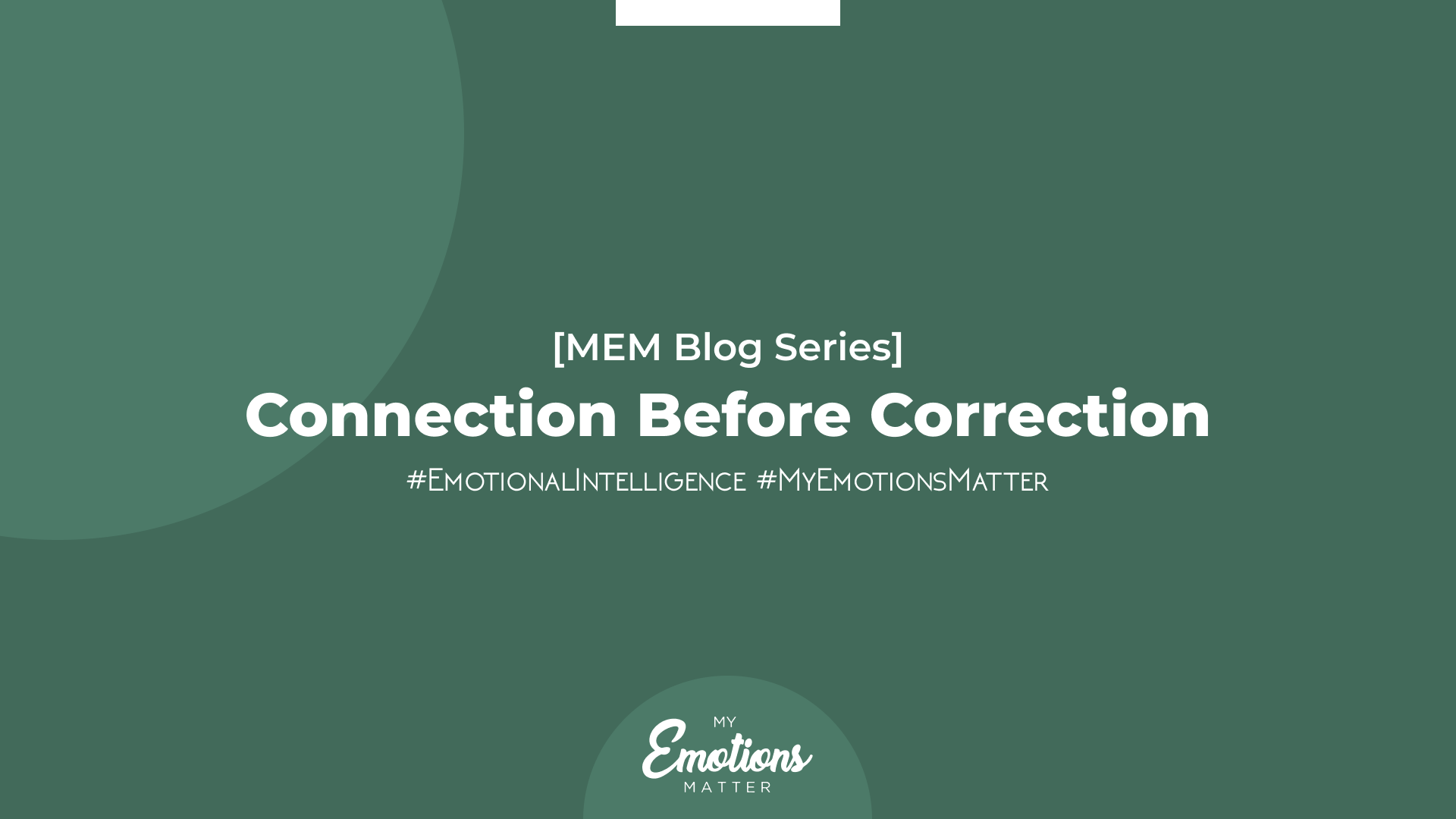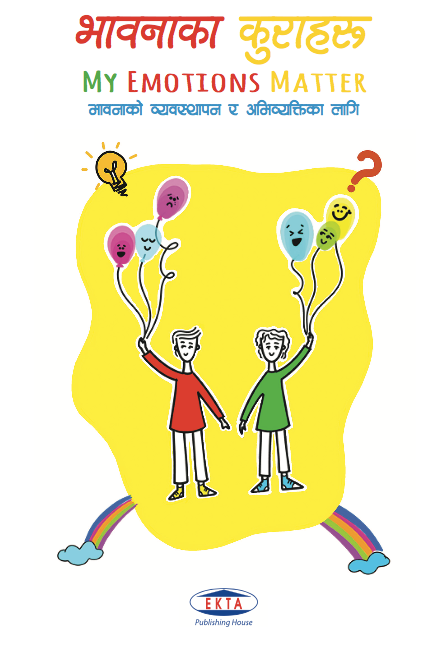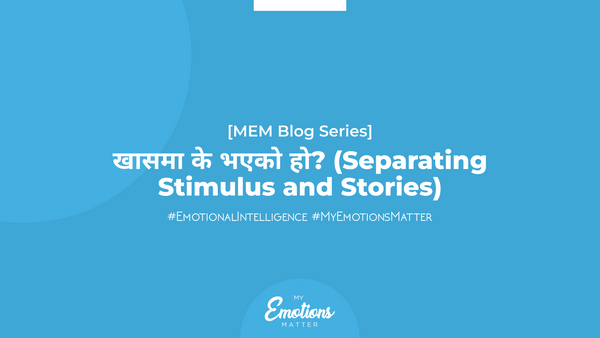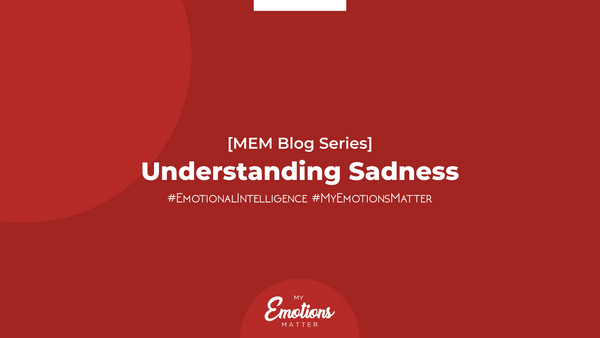Connection Before Correction
A friend tells you that a project they had been working on for months got rejected. What is the first thing you will most likely tell him? You might ask him not to worry, to keep calm, trust that what he is going through is just a phase. You could also tell him that you have been through something much more difficult. I am sure you're now trying to recall such similar past experiences.
While there is no harm in comforting our loved ones, given that we intend to help, we often say things to console them, assuming they want reassurance or help from us. What if they only want us to hear them out? What if they need help with expressing and understanding their feelings and needs? We seldom think about these aspects because we are too intent on assuming things and reassuring them that- it will be okay.
What prevents us from hearing what the other person wants to say?
We don't listen intentionally. Even if we do, we quickly shift the conversation toward how we can help. This tendency often stems from the idea that we have to fix situations and offer solutions, which sap us of the space to be present for others and connect with them. We can only understand what someone is going through when we listen to them and empathize.
Holley Humphrey- a trainer for empathic communication, recognized some common behaviors that prevent us from connecting with others in an empathetic way.
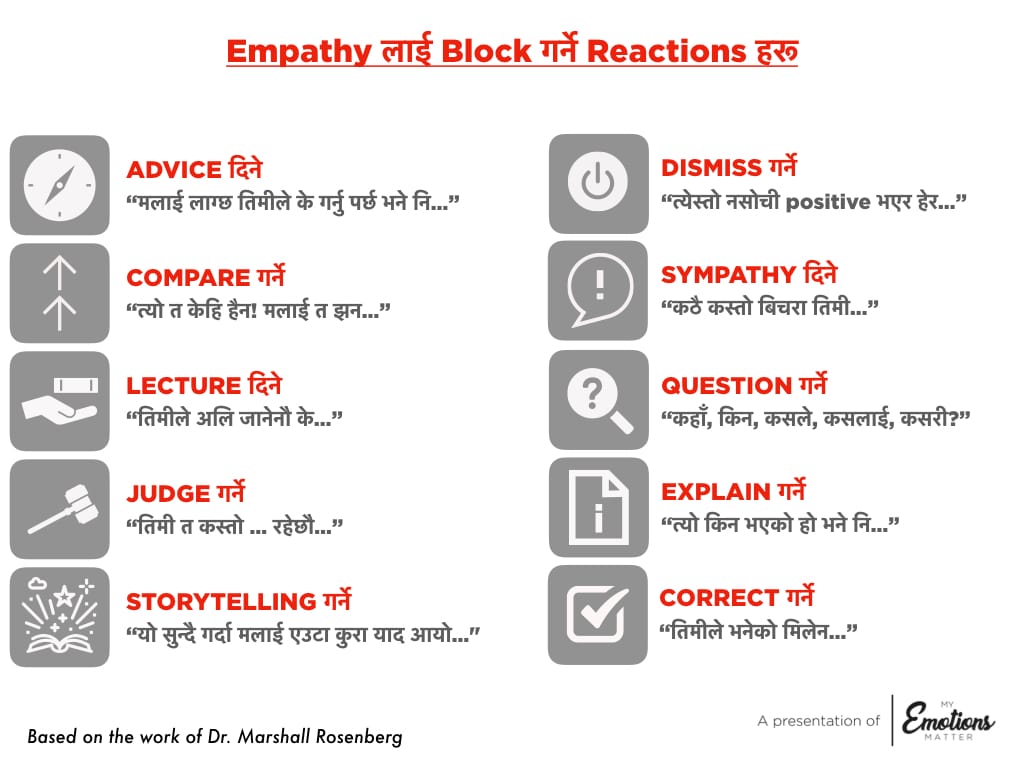
How can we be more empathetic?
Empathy is a skill that can help us understand what people around us might be feeling and needing. While we can sense what someone around us is going through in a particular situation, our empathic guesses may not always be correct. Conversations can allow us the space to get to the root of what someone might be going through. One actionable concept that can help us have such discussions and make empathizing with others easy and more insightful is the Empathy Archery developed by Seed of Peace. The Empathy Archery consists of five rings. The outermost ring indicates listening in silence. The deeper we go, it includes aspects such as summarizing, sensing what's important, sensing feelings, and sensing needs. We can understand each ring with the example of the friend whose supervisor declined his project.

Listening in silence: is the process of empathizing with someone through our presence. So, we don't have to say anything to our friend here. We only intend to give him our attention, be there for him, and understand what he is going through.
Summarizing: after listening in silence and taking time to process what our friend tells us, we can summarize in one or two phrases what we heard him say and check in with him if we understood it as intended. Here's an example. "I hear you say that the project you worked on for three months got rejected. Is that what you mean?” If our friend thinks our summary is inadequate, we can ask him to clarify further. If he agrees, we can then move to the next ring.
Sensing what's important: for our friend in this situation. We can ask him questions like: “Is it important to you that your project gets reconsidered?” “Would you like to talk to your supervisor to find a way out?” "What would help or comfort you?" His responses will allow us to understand what matters to him.
Sensing feelings: the friend might be experiencing. We can ask him if he is sad, frustrated, angry, disappointed, scared, or feeling something else. (To help our friend understand his feelings, we need to have a basic vocabulary of pleasant and unpleasant emotions and their messages to us. Anger indicates that we have a problem to fight through. Disgust tells us that we are trying to reject something we consider unhealthy. For this reason, words like good, bad, and fine are inappropriate terms to label feelings.)
Sensing needs: behind how our friend is feeling. For example, if our friend is angry, we can ask, “Are you angry because changing the project or starting everything from scratch will be a problem for you?" Similarly, if our friend might be sad instead, we can ask, "Are you sad because the news came to you suddenly, and you would have liked to hear from your supervisor in a more acknowledging way?”
Empathy Archery is counterintuitive to how we usually approach people when it comes to empathizing with them (advising, consoling, dismissing feelings, encouraging them to feel pleasant, etc.). It helps us comprehend people's situations, understand what matters to them, and sense their feelings and underlying needs. It helps us 'connect' with people instead of/before finding ways to 'correct' them or their situation—which is what we need to exercise empathy and build meaningful connections.

